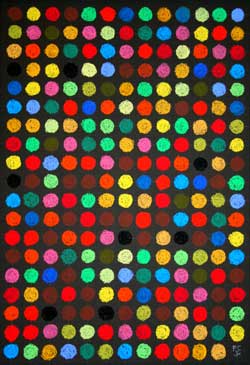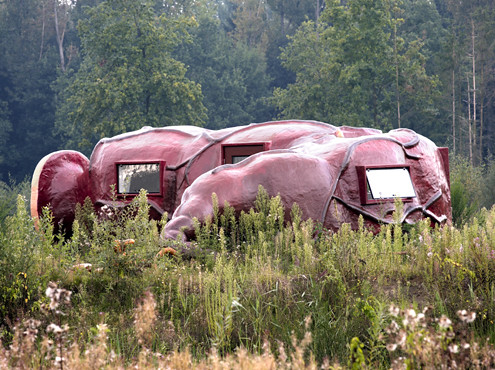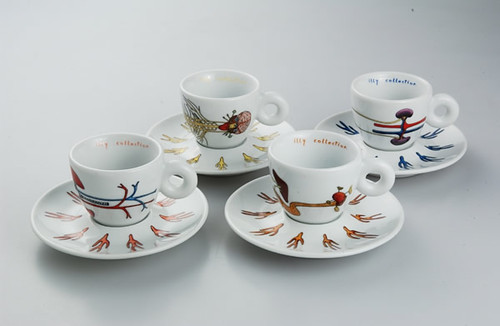Last week, Martin Fenner at Nature Network Bloggers Forum asked his fellow science bloggers nine inquisitive questions about their experiences with the genre.
Several people — e.g., Eva Amsen; Henry Gee; Clare Dudman; Steffi Suhr; Stephen Curry; Massimo Pinto; Larry Moran; Kristi Vogel; Maxine Clarke; T. Ryan Gregory; Mike Haubrich; John Wilkins; Paulo Nuin; Heather Etchevers; Lee Turnpenny; Ricardo Vidal; Bob O’Hara; Pedro Beltrão; Deepak Singh; and Bora Zivkovic — have already expressed their views.
Here’s my humble contribution to the roundabout (with two caveats, viz., that I haven’t consulted the other writers on ‘Biomedicine on Display’, and even though medical science fills much in this blog, it’s not just about science, but also about museums, history etc.):
1. What is your blog about?
We write about making sense of medicine and medical science in museums. About how to construct the history of that conglomerate of scientific disciplines, specialties and science-based practices which constitutes contemporary medicine. And about how the material and visual culture of medicine can contribute to the public engagement with this powerful and fascinating aspect of our society.
2. What will you never write about?
Never say never. But for now: things I’m not curious about, things I don’t have an opinion about — in other words, I will hopefully never write something just to keep the blog up and running.
3. Have you ever considered leaving science?
Well, I left doing science when I was 25 to become a historian of science, and I’ll probably never do science again. But I cannot imagine ever stopping being fascinated by the multifaceted drama of science. It’s about friendship and hatred, ambition and despair, about co-operation and abuse of power, scholarly virtues and vicious fraud — and sometimes even about knowledge production 🙂 In other words, it’s like society at large.
4. What would you do instead?
Probably enjoy nature, be with my family, sip some good wine, read Plutarch, and have occasional interesting conversations with a few good friends (sounds like a true Epicurean).
5. What do you think will science blogging be like in 5 years?
Five years is an incredibly long time on the web and I don’t believe there will be anything called ‘science blogging’ (or ‘museum blogging’ for that sake) then. Both scientists and historians of science will probably still be interested in expressing their opinions about science. But I doubt we will do it on this kind of platform. And certainly not under the label of ‘blogging’.
6. What is the most extraordinary thing that happened to you because of blogging?
There is no the most extraordinary thing. But I hadn’t expected to get so many interesting contacts with colleagues around the world. Lots of invitations to conferences, new people who I would probably not have met in other ways, and so forth. That’s extraordinary!
7. Did you write a blog post or comment you later regretted?
I regret every single post as soon as I’ve posted it. It could always have been done better. But when I take a look at it a few months later, I often think it’s pretty good. Was it really me who wrote that interesting post?
8. When did you first learn about science blogging?
Not until 2003, I think. But I didn’t begin until 2004. I mean, historians are always late-comers to technology and media platforms.
9. What do your colleagues at work say about your blogging?
Some of our museum colleagues are our best competitors, but historians of science are somewhat hesitant. Most of my colleagues in the medical faculty don’t understand what it’s good for; they consider it a waste of time, when you could have written yet another paragraph in your next peer-reviewed article. Medical scientists rarely think about themselves as public intellectuals.
Enough of musings about this self-indulgent genre for the moment.

 Like this pic which flew in my face this morning when I opened an RSS feed from
Like this pic which flew in my face this morning when I opened an RSS feed from 
